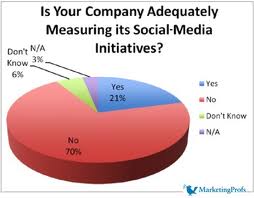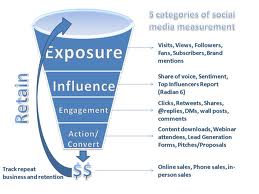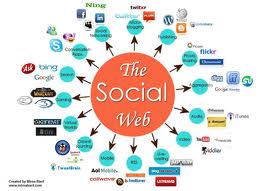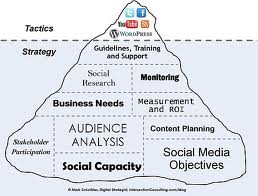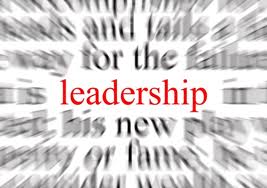I can’t believe I’m going to say this, but summer is almost over. In fact, today many students and teachers are headed back to school. With that in mind, I thought I’d share some tips on how to keep your computer up to date and ready for what ever you throw at it. There are many things that you can do to improve the performance of your computer and prevent having to call your IT person.
Operating System Software Updates
Whether you have a PC or Mac, updating your operating system is important and easy to do. On Windows machines, your computer is updated when you turn your computer off from time to time or you are prompted to download updates and restart

your computer. On a Mac, Software Update runs once a week and brings you updates for your operating system and other software that is installed on your computer. While these notifications can come up at an inconvenient time, say while you’re working on a project, take the time to update them. Many of the updates are security updates and will help you with computer maintenance down the road.
Virus Scanning
Viruses can affect every type of computer and running a virus scan routinely is one of the best ways to catch viruses early. Too many people wait until their computer starts acting wonky. There are many options out there when it comes to choosing your virus scanning software. Some of the most popular ones are Symantec and McAfee, but there are many options out there. Just make sure you update your virus scanning software to ensure it is up to date on the latest viruses out there.
Updating Your Browser
Can you tell the theme of this post is updating your software? Browsers need updating too. With the amount of work done in a web browser these days making sure you have the most up to date version of your browser ready to go can

help you make sure you have the most recent features to make your life easier while working in the cloud. Each browser is updated in a different way and their updates can sometimes be included in your operating system updates. However, if you use Chrome or Firefox you can set it up for automatic updates so you don’t need to worry about checking all of the time.
Dust it off
This one sounds a little strange, but at a former place of employment it was a regular part of our computer maintenance routine. Computers can suck in a lot of dust which can overheat them, making it harder for them to work properly. You can prevent this from happening by dusting off you computer from time to time. If you really want to get adventurous, open it up (if you have a desktop computer or are allowed to do so) and use a can of pressurized air to blow all of the dust inside the computer away. If you decide to do this, please turn off the computer before opening it up and make sure you contact IT to let them know that this is something you plan on doing. I don’t want to get you violating any technology polices, but dusting your computer can be one of the easiest ways to improve performance and it’s not too hard to do. If you can’t do it yourself, ask your IT department about doing this for you.
Back Up
I’ve talked about the importance of backing up your data before on DonorDreams, but I cannot stress it enough. If you can, set up your computer to back things up automatically so you don’t forget to do it.
Turn It Off and Turn it Back On Again
It’s super simple, but one of the best tips when it comes to computer maintenance. I am someone who leaves my computer on all of the time, but when things start running a bit sluggish, I restart it and it’s back to normal.
I hope these tips for improving the performance of your computer were helpful. What are some of your favorite ways to keep your computer running smoothly? Leave me a note in the comments below.






